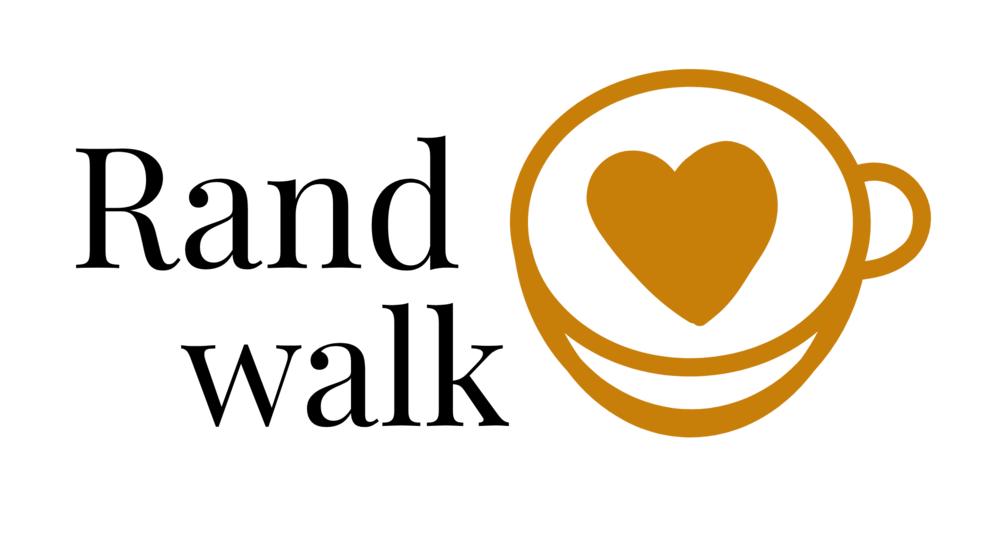Turkey has the longest standing application to the EU; it is still a matter of debate. On most things Turkey is European. By geography, it is closer to Europe than is the annoying Cyprus. Economically, it is stronger than any nation currently in the EU. Turkey's GDP rose by 8.5% in 2011 after a 9% increase in 2010. But it is definitively un-European because it is not Christian.
Asia Minor, from the Bosphorus
Asia Minor, form the Bosphorus
Asia Minor, from the Bosphorus
Historically, Turkey has always been the natural divide between the East and the West. Two straits: the Dardanelle (Hellespont) and Bosphorus (do the cruise) divide the continents. The Persian Wars was the first war between the two. The epic movie 300 depicted the Turks as some unworldly race with painful body piercings atop domesticated giant elephants. Divisions persisted: first with the split of the Roman Empire, which was based partially then wholly in Istanbul; then with the predominance of Islam that today persists and precludes the country from European membership.
Basilica Cistern
Bass at Kalamar
Istanbul was created (first as Byzantium, then as Constantinople) to rule the Eastern Roman Empire. Its nucleus is on the European side, as the Romans wanted; as a result, the city is oddly familiar. Despite the religious hollering on loudspeakers tantamount to American Idol auditions, and women in headscarves, the country is polyglot, liberal and accepting (as the Ottomans were). But some Asian tendencies show through. Most every conversation I had with the few English-speaking Turks led to a question of origin. Dissatisfied with my being “Canadian” (that is, indeed, where I am from), each and every one searched deeper for my provenance. Zealous restaurateurs (and troubled youth) shout out salutations in Asian languages, most commonly Japanese, but the occasional “Ni Hao” as well.
View from Artisse terrasse
The historical sights are a must: Hagia Sophia, the Blue Mosque, the Cistern and the Archeological Museum are all huddled together and can be done in half a day. Ominous spires stick out as though impaling the sky. They signpost the dome-dominated mosques that look like carbon copies in a real-life Assassin's Creed. Then hop over to the newer side of Istanbul to stroll down Istiklal Caddesi, have a Turkish coffee at Ada Cafe & Bistro and see some Modern Art (modern by any standards, not just Muslim ones) at Istanbul Modern. But you’ll notice, you are still isolated to the European side. So make sure you take the cruise down the Bosporus to see Asia-minor (2:30pm leaving from the south end of Galata bridge for 10 TL). For the night, there is an excellent view from Artiste Terasse.
For food, any restaurant is really as good as another. They are all similarly run-down and fly-infested but serve authentic Turkish food. Little candy shops around have Turkish delights of all shapes and sizes. Then there’s meat-on-a-stick and fish stands everywhere. None are worth recommending but they should all suffice.
Istabul is the only major city traverses two continents. It flirts with familiarity while remaining foreign. It is surely worth a visit, if not just to say you’ve been to Asia on your Europe-crawl. That it was the ancient seat of the Roman Empire yet a Muslim strong hold for centuries afterwards is extra.
